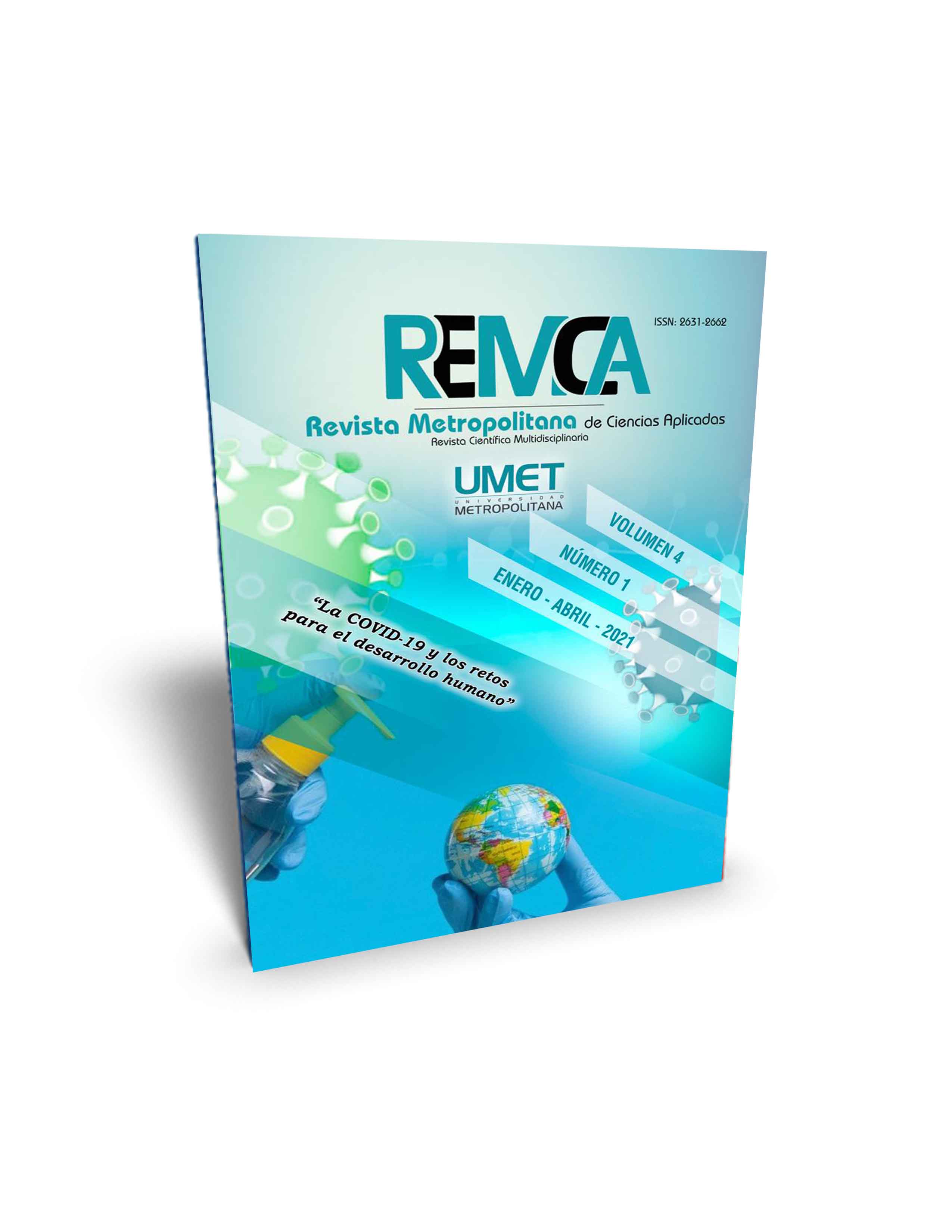Chemical peels and their role in the management of female genital hyperpigmentation
DOI:
https://doi.org/10.62452/5g644296Keywords:
Exfoliation, hyperpigmentation, genital hyperpigmentation, chemical peel, dermal disordersAbstract
The objective of the article was to describe the applicability and effect of chemical peels as a correction of hyperpigmentation in the female genito-perineal area. A bibliographic review was carried out in: Pubmed and Google Scholar. Key terms such as: "Chemical peelings", "Female genital hyperpigmentation" "Treatment", "Hyperpigmentation" were used with the connectors "And" and "Or". With which no results were obtained, so a search was carried out by individual terms and the filters were applied: year of publications, type of articles and keywords, obtaining 8 articles, of which 3 were excluded according to criteria of inclusion and exclusion, leaving 5 articles for analysis and description according to the proposed objectives. The chemical peel represents an adequate treatment for dermal disorders, including hyperpigmentation in the genital region, easy to apply and has become very popular in recent times.
Downloads
References
Berson, D.S., Cohen, J.L., Rendon, M.I., Roberts, W.E., Starker, I., & Wang, B. (2009). Clinical role and application of superficial chemical peels in today’s practice. J Drugs Dermatol JDD, 8(9):803-11.
Cengiz, F. P., Emiroglu, N., & Wellenhof, R. H. (2015). Dermoscopic and clinical features of pigmented skin lesions of the genital area. Anais Brasileiros de Dermatologia, 90(2), 178–183.
Grover, C., & Reddu, B.S. (2003). The therapeutic value of glycolic acid peels in dermatology. Indian J Dermatol Venereol Leprol, 69(2):148-50.
Hosler, G. A., Moresi, J. M., & Barrett, T. L. (2008). Nevi with site-related atypia: a review of melanocytic nevi with atypical histologic features based on anatomic site. Journal of Cutaneous Pathology, 35(10), 889–898.
Housman, T. S., Hancox, J. G., Mir, M. R., Camacho, F., Fleischer, A. B., Feldman, S. R., & Williford, P. M. (2007). What Specialties Perform the Most Common Outpatient Cosmetic Procedures in the United States? Dermatologic Surgery, 34(1), 1–8.
Kapuścińska, A., & Nowak, I. (2015). Use of organic acids in acne and skin discolorations therapy. Postępy Higieny i Medycyny Doświadczalnej, 69, 374–383.
Kubiak, M., Mucha, P., Dębowska, R., & Rotsztejn, H. (2014). Evaluation of 70% Glycolic Peels Versus 15% Trichloroacetic Peels for the Treatment of Photodamaged Facial Skin in Aging Women. Dermatologic Surgery, 40(8), 883–891.
Nikalji, N., Godse, K., Sakhiya, J., Patil, S., & Nadkarni, N. (2012). Complications of medium depth and deep chemical peels. Journal of Cutaneous and Aesthetic Surgery, 5(4), 254–260.
Downloads
Published
Issue
Section
License
Copyright (c) 2021 Carlos Iván Zavala Naranjo (Autor/a)

This work is licensed under a Creative Commons Attribution-NonCommercial-ShareAlike 4.0 International License.
Authors who publish in Revista Metropolitana de Ciencias Aplicadas (REMCA), agree to the following terms:
1. Copyright
Authors retain unrestricted copyright to their work. Authors grant the journal the right of first publication. To this end, they assign the journal non-exclusive exploitation rights (reproduction, distribution, public communication, and transformation). Authors may enter into additional agreements for the non-exclusive distribution of the version of the work published in the journal, provided that acknowledgment of its initial publication in this journal is given.
© The authors.
2. License
The articles are published in the journal under the Creative Commons Attribution-NonCommercial-ShareAlike 4.0 International License (CC BY-NC-SA 4.0). The terms can be found at: https://creativecommons.org/licenses/by-nc-sa/4.0/deed.en
This license allows:
- Sharing: Copying and redistributing the material in any medium or format.
- Adapting: Remixing, transforming, and building upon the material.
Under the following terms:
- Attribution: You must give appropriate credit, provide a link to the license, and indicate if any changes were made. You may do this in any reasonable manner, but not in any way that suggests the licensor endorses or sponsors your use.
- NonCommercial: You may not use the material for commercial purposes.
- ShareAlike: If you remix, transform, or build upon the material, you must distribute your creation under the same license as the original work.
There are no additional restrictions. You may not apply legal terms or technological measures that legally restrict others from doing anything the license permits.




